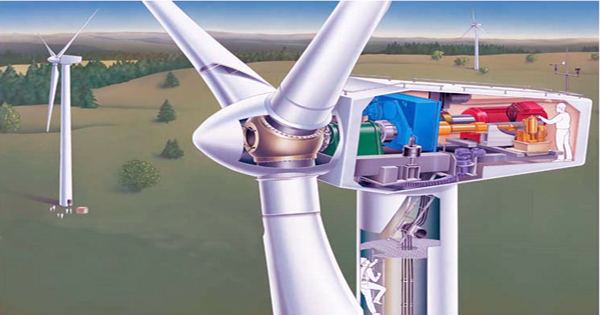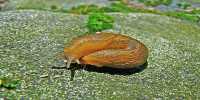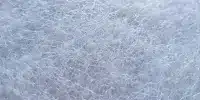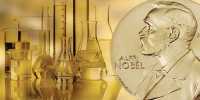The latest uses protein nanowires to draw electricity from the atmosphere, although it requires moisture from the atmosphere, so the energy that comes from the air is not completely thin. Much of the world’s electricity still comes from burning 100 million-year-old dead life forms, but new alternatives are emerging.
The new device, called the Air-Jane, touches the brains of Dr. Derek Lovley, a microbiologist at the University of Massachusetts in Amherst, and Dr. Jun Yao, an electrical engineer. They claim that their creation avoids the problem of the original development of other forms of renewable energy. Yao said in a statement, “Air-Gen generates clean energy 24/7.
The film is less than one-hundredth of a millimeter thick and is partially covered by the top electron, exposing it to air the pores of the expos film absorb atmospheric water vapor and induce a moisture gradient ion, separating the positive charges in one way and electrifying the other. Some attempts to generate electricity from novel sources rely on exceptionally expensive raw materials. The film of electrically conductive nanowires connects the two electrodes of air-genes but is produced by cheap diet-fed Geobacter bacteria. Gold leaf electronics were used, but replacement with inert carbon also worked.
On a laboratory scale, the energy density of air-genes is higher than most novel renewable energy devices. The experimental models described in nature, Yao and Lovely, produced at best 4 mW / cm2 – about one-fifth of a solar panel in full sunlight. It’s almost as high as another renewable innovation, a panel that converts the kinetic energy of precipitation into electricity. However, the existing modules are small – a quarter of a square centimeter and scaling up can be a challenge.
Earlier electricity was generated from moisture, but with much lower power concentrations and explosions lasting only less than a minute. Air-Gen seems to be able to run indefinitely, although power generation gradually declines with one day, even in constant humidity. The ability of air-genes to changing weather conditions is individually resilient. The amount of production decreased when the humidity was out of the ideal range, but the Saharan conditions did not stop it completely.
“Once we reach an industrial scale for cable production, I fully expect that we can create large systems that will make a big contribution to sustainable energy production,” Yao said. Initially, the authors were able to produce patches that power wearable electronic devices and then paint the walls of off-grid homes with nanowires.
The idea of using these cables for power generation accidentally happened when Yao’s PhD student Xiaomeng Liu was trying to use them to make sensors and it was noticed that current was generated under certain conditions. Lovely discovered the Geobacter in Potomac River mud 30 years ago and later discovered that it eats electrons off the rock and produces electrically conductive protein nanowires.















